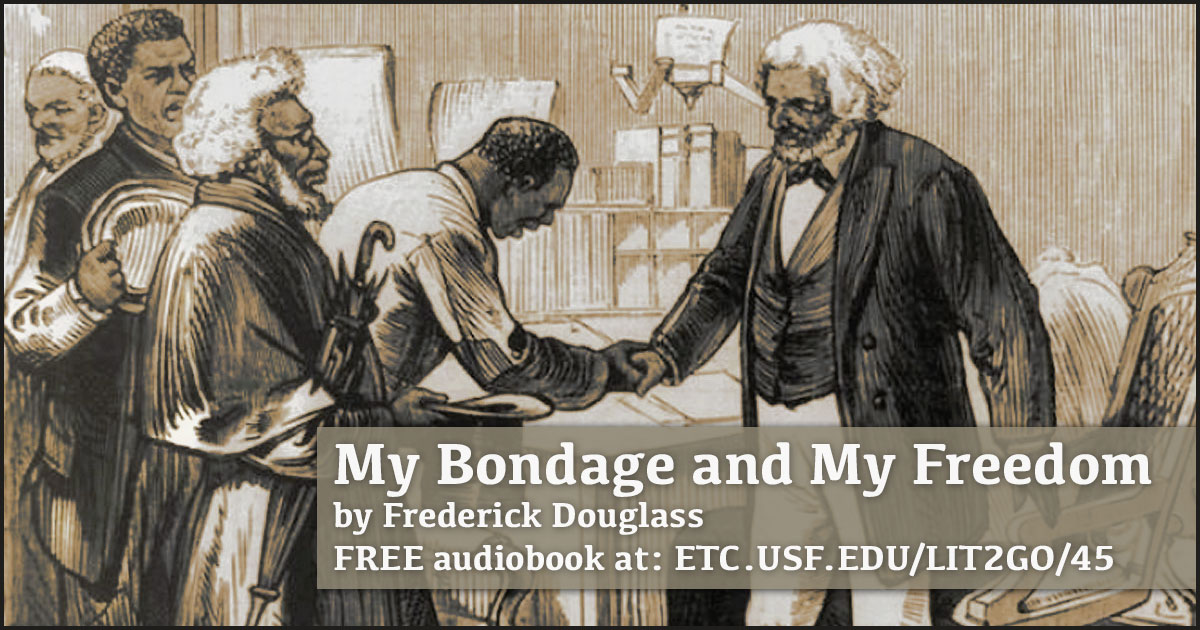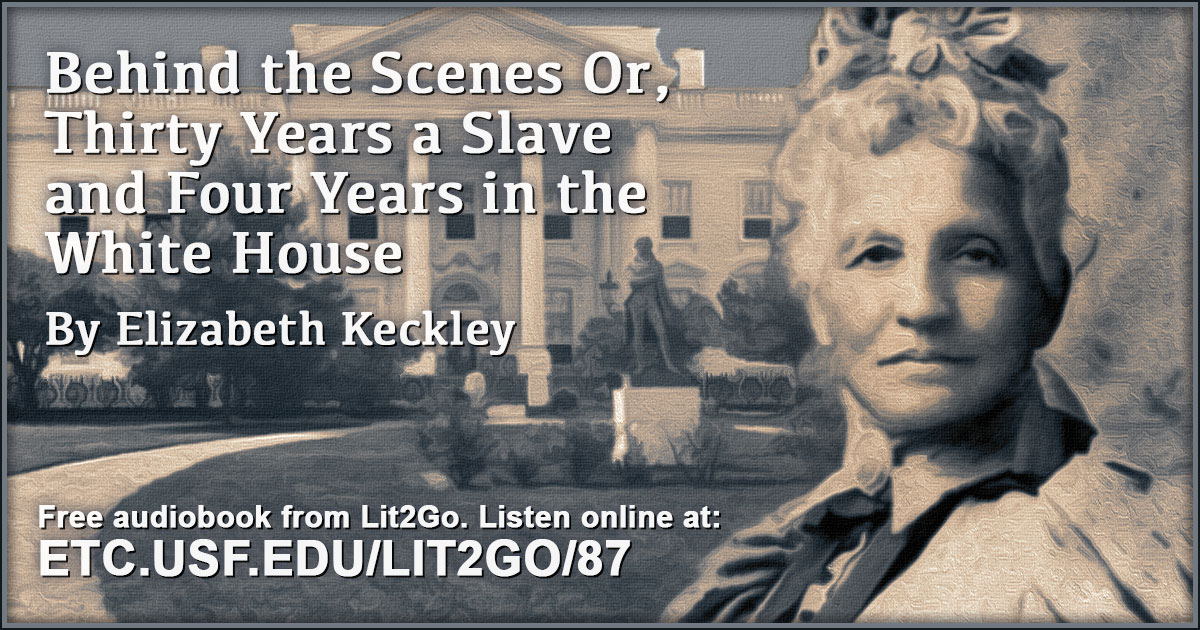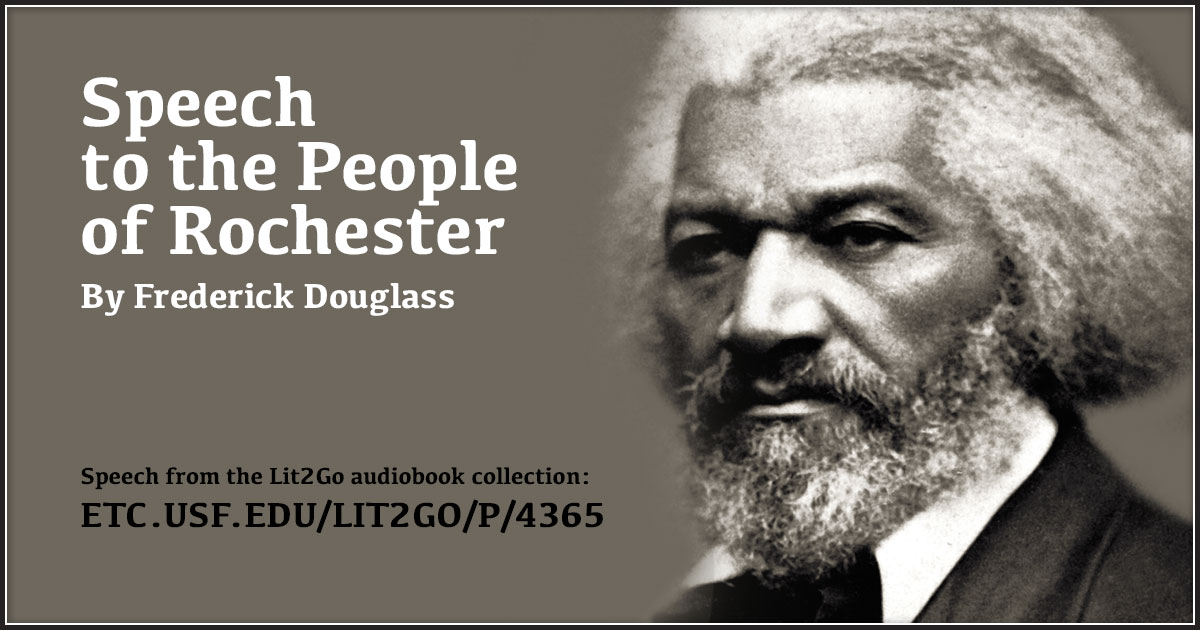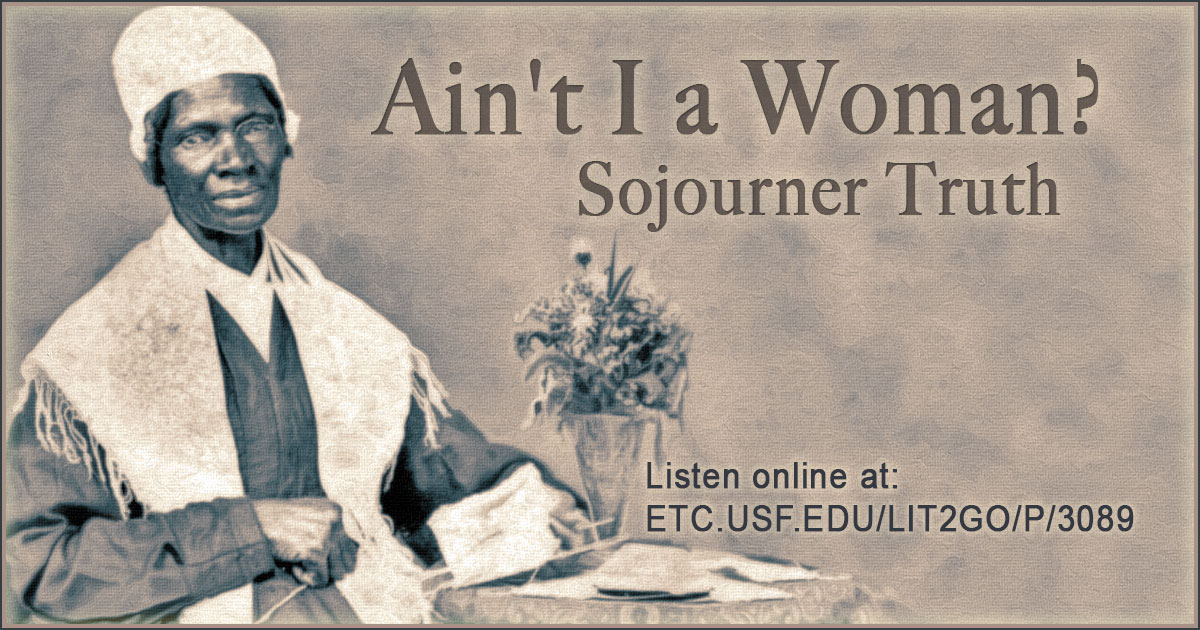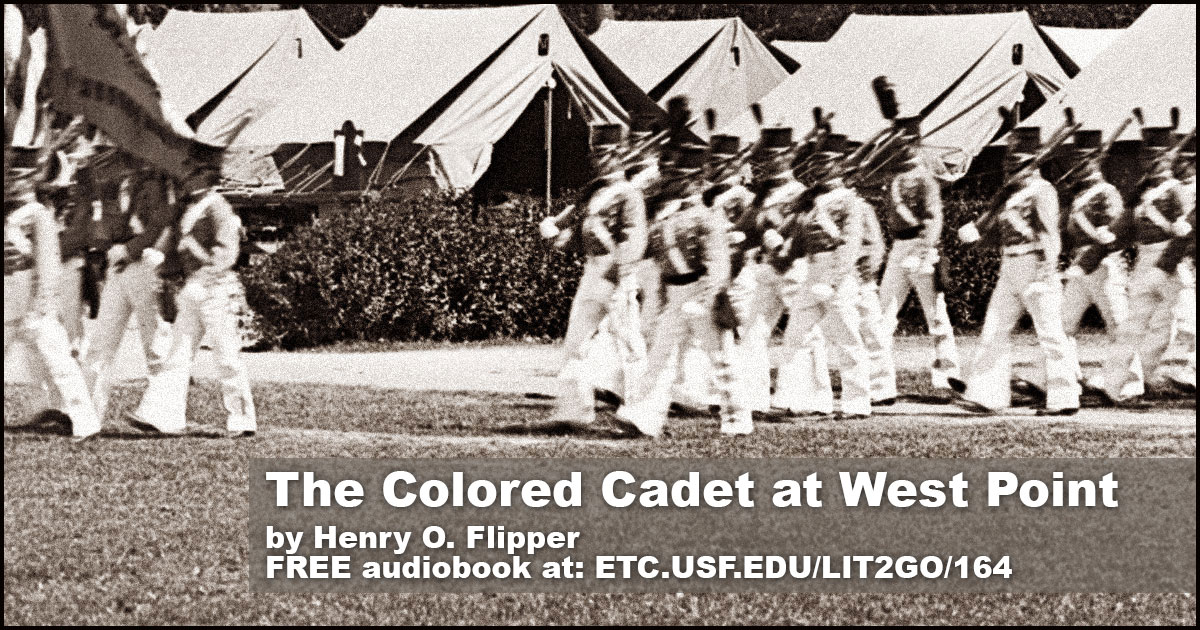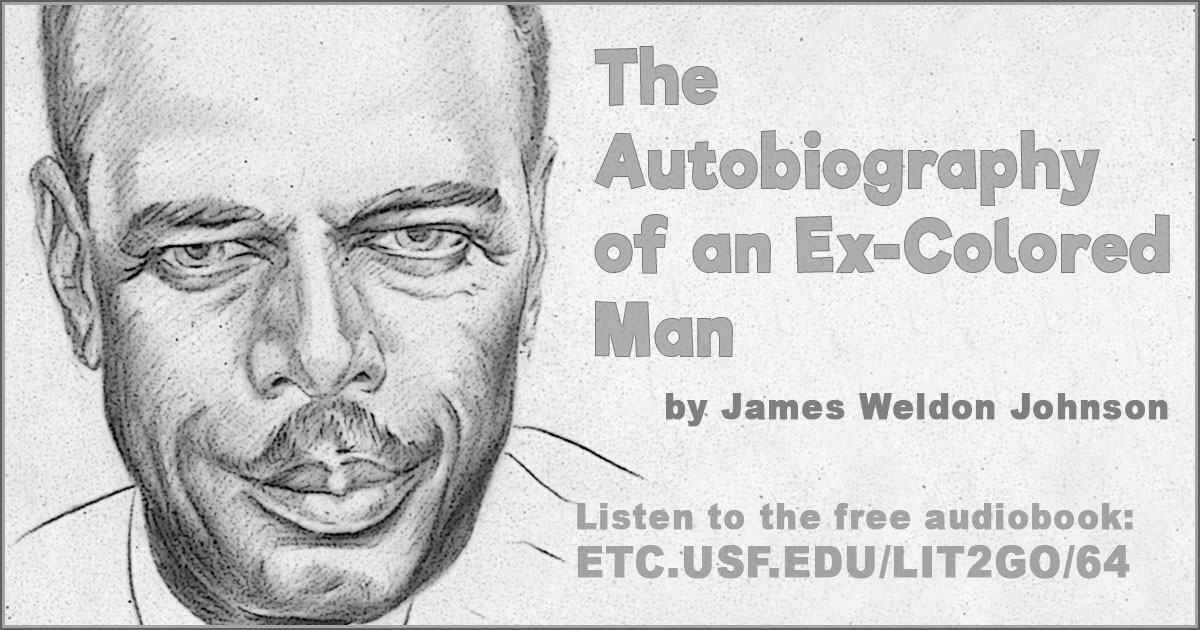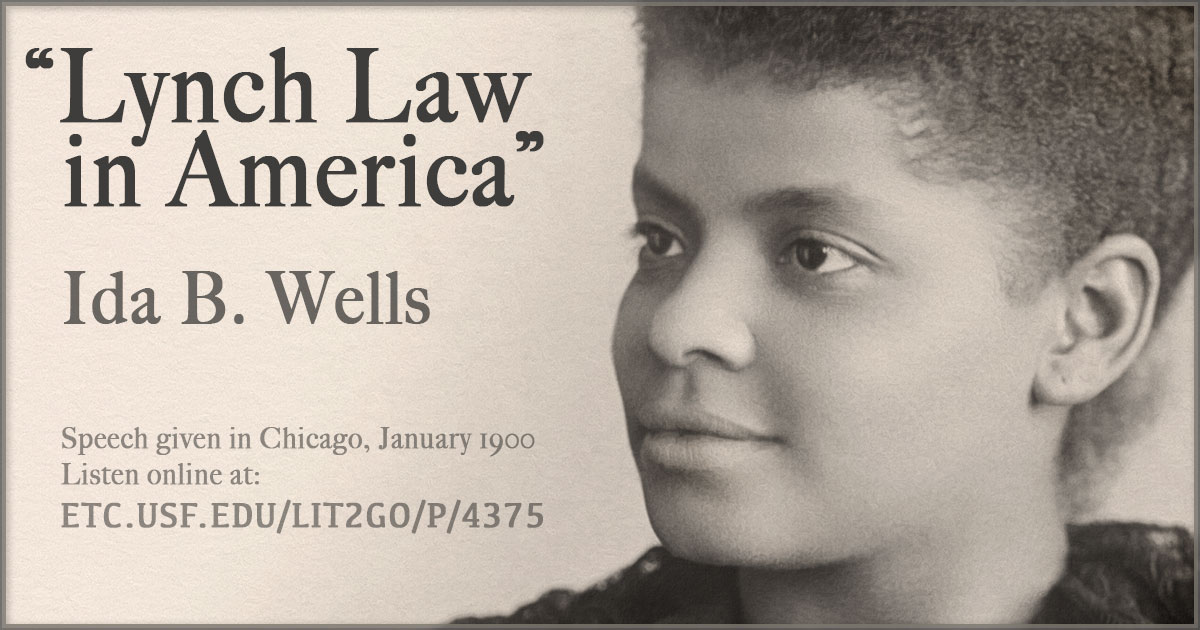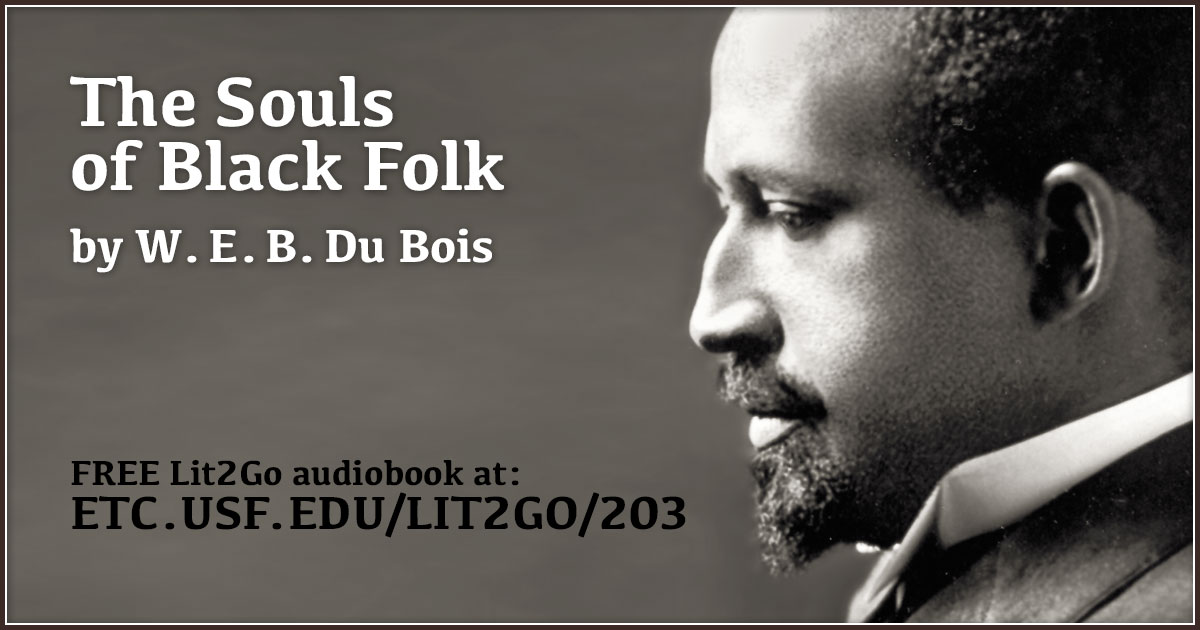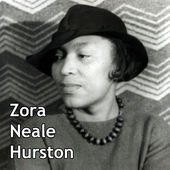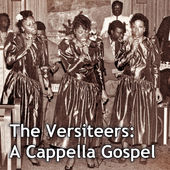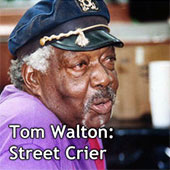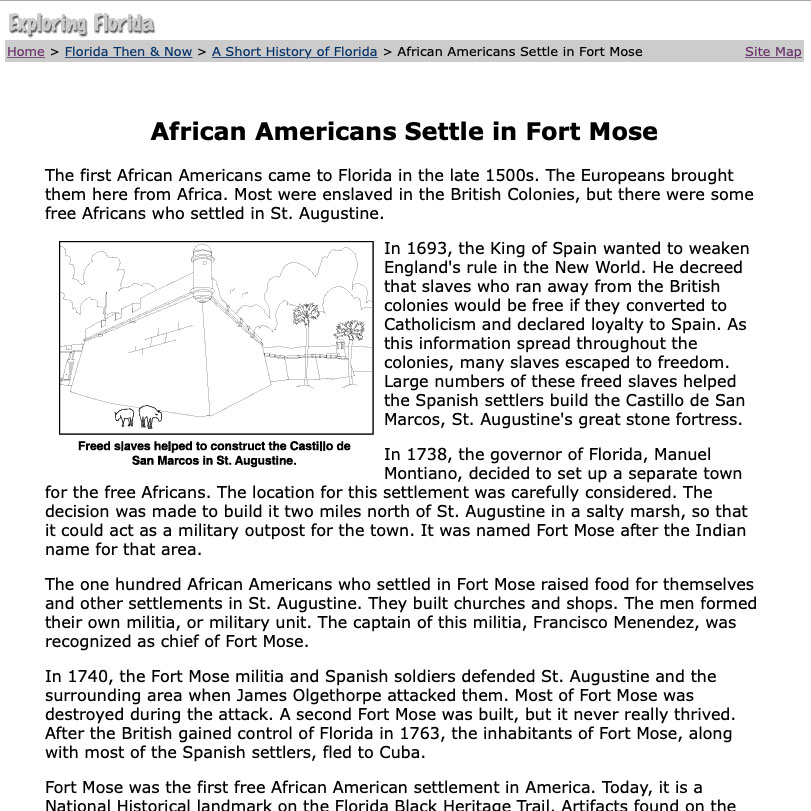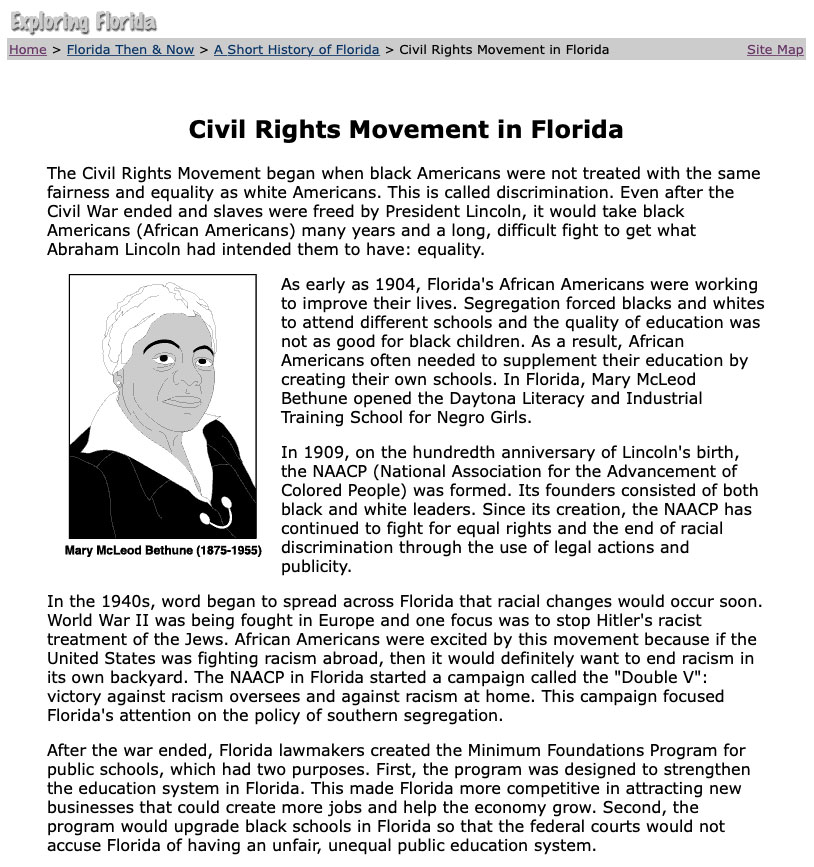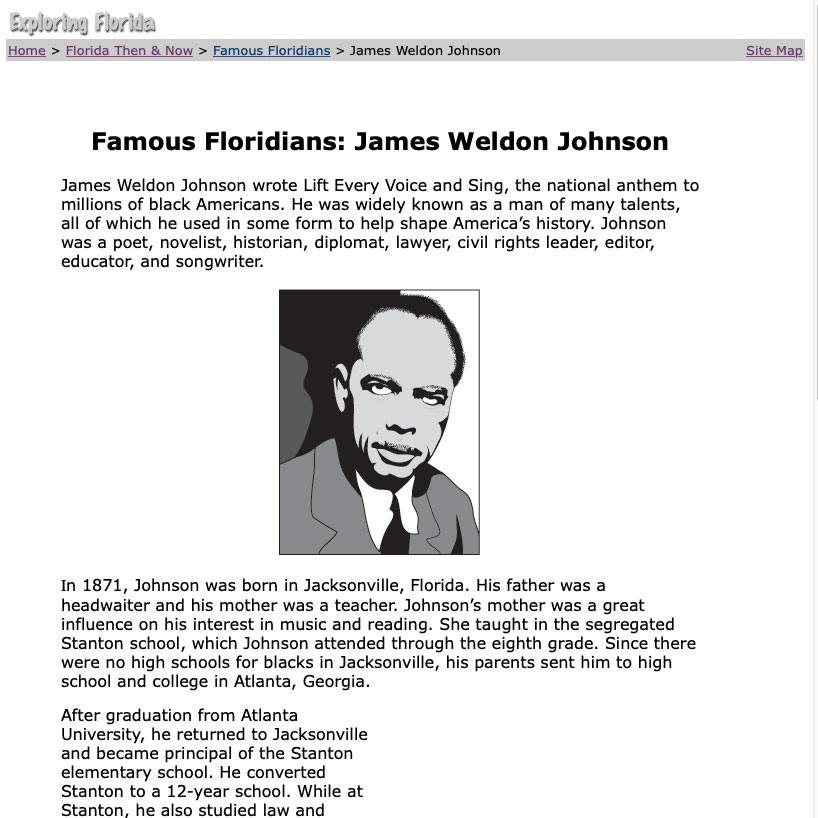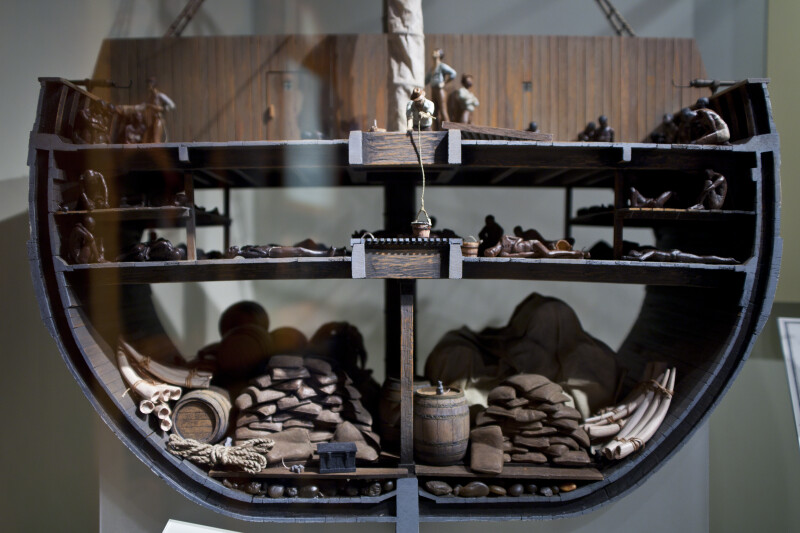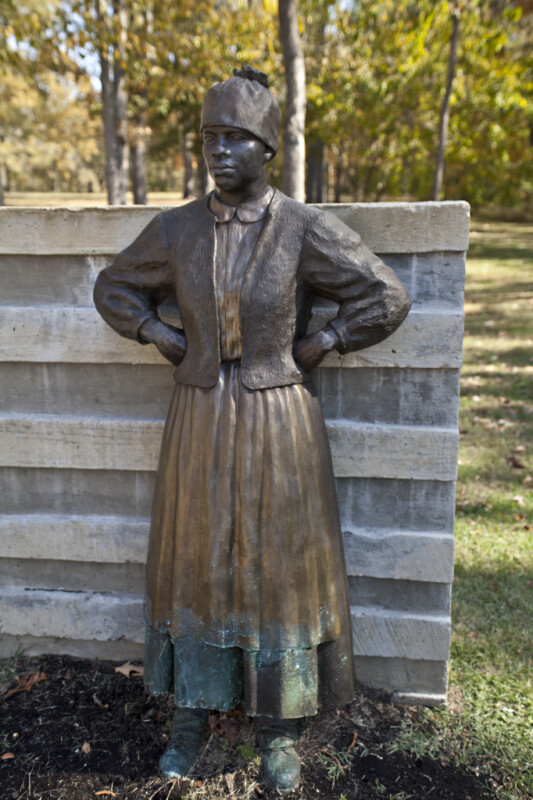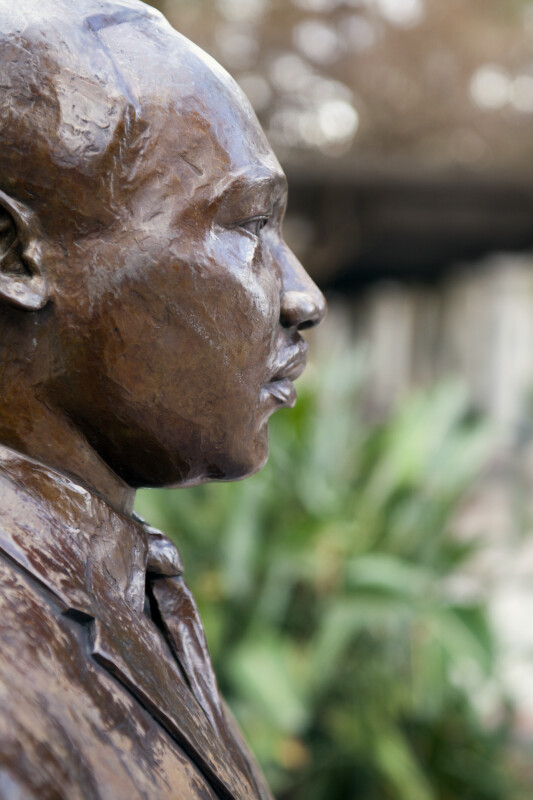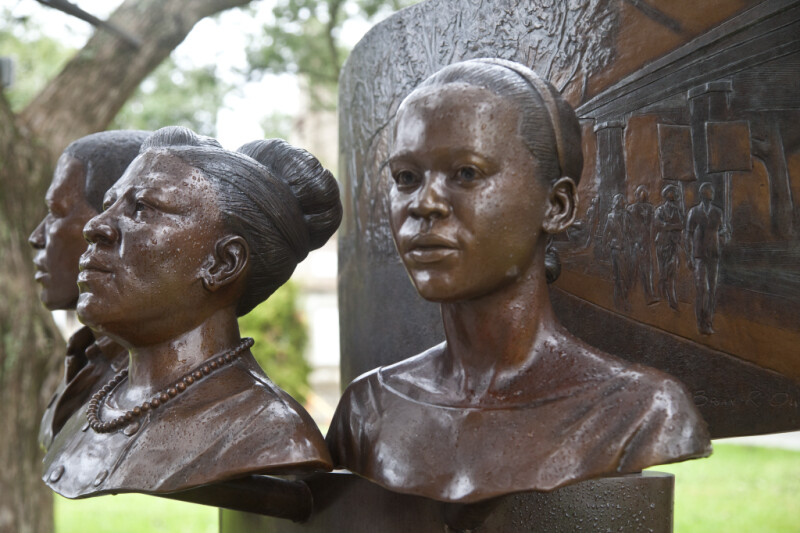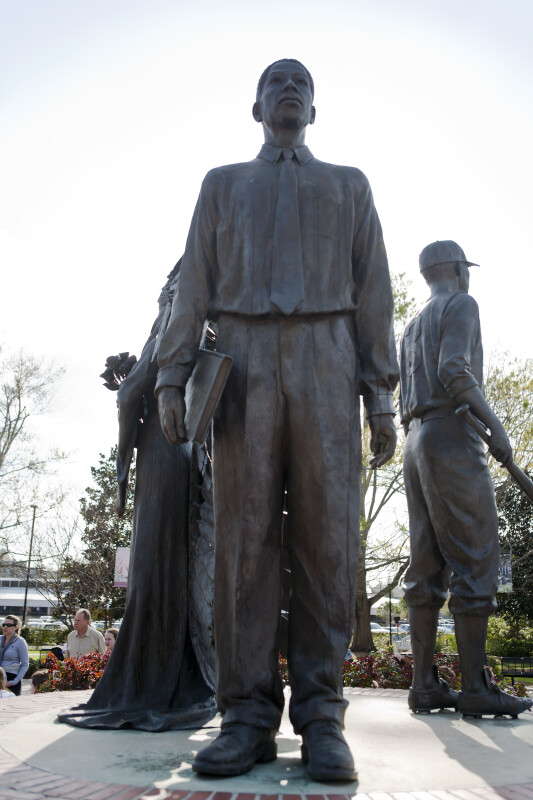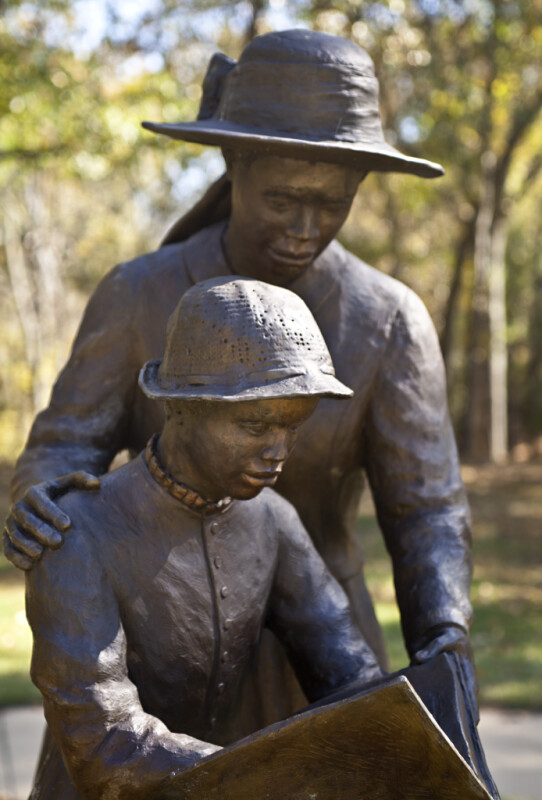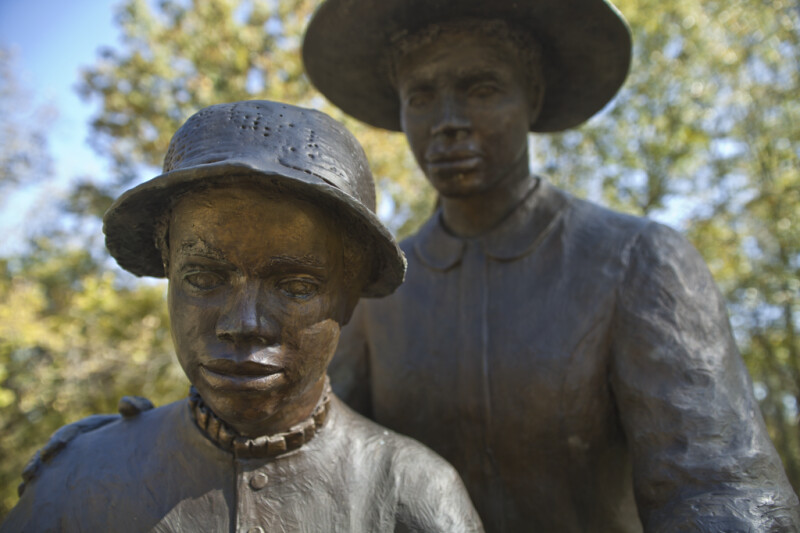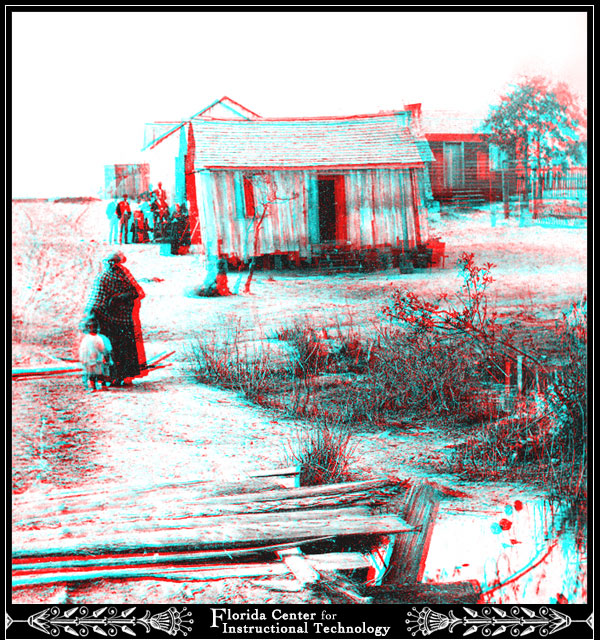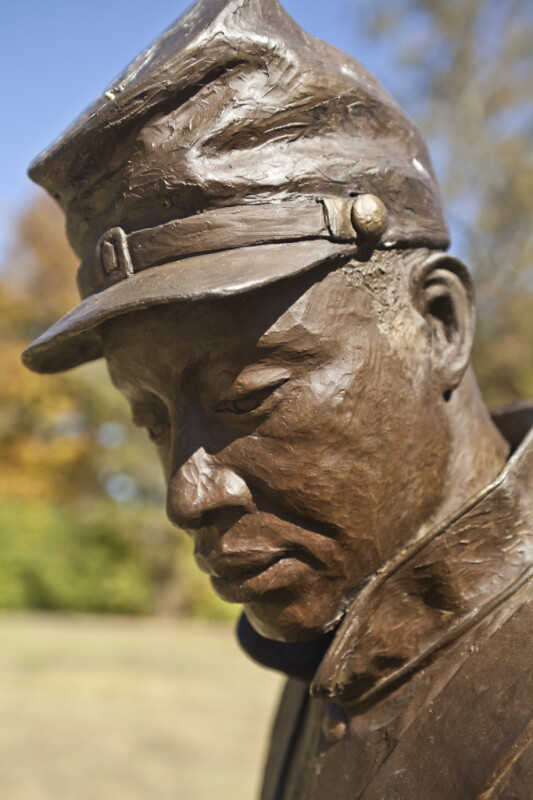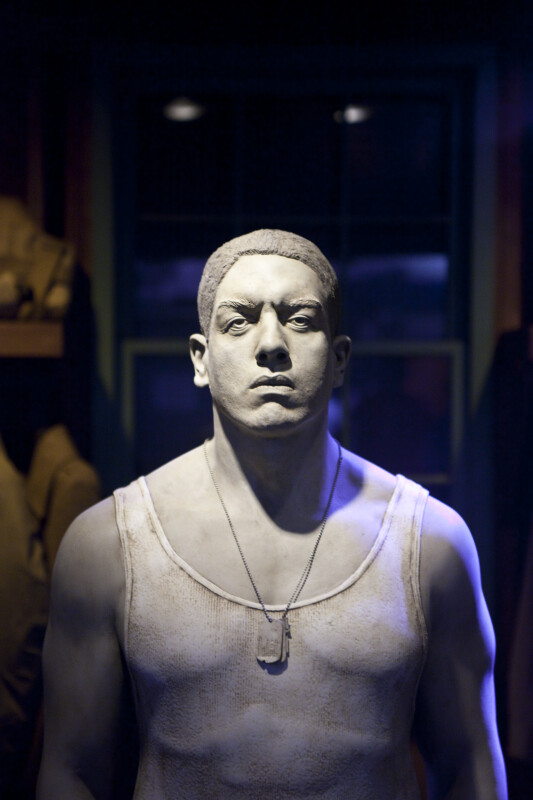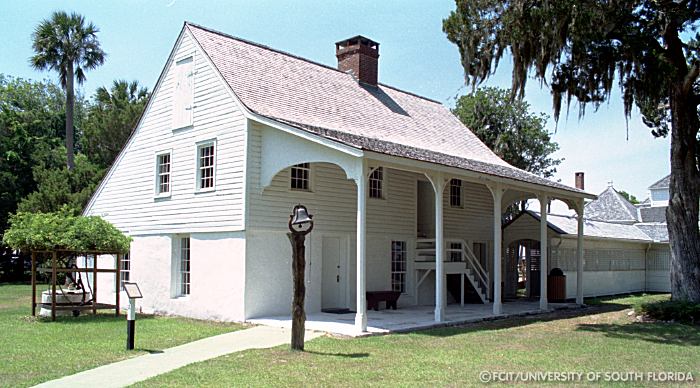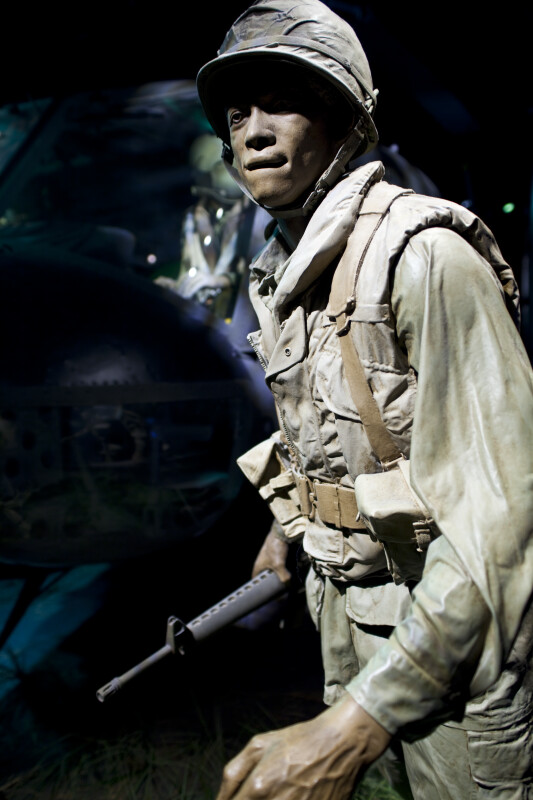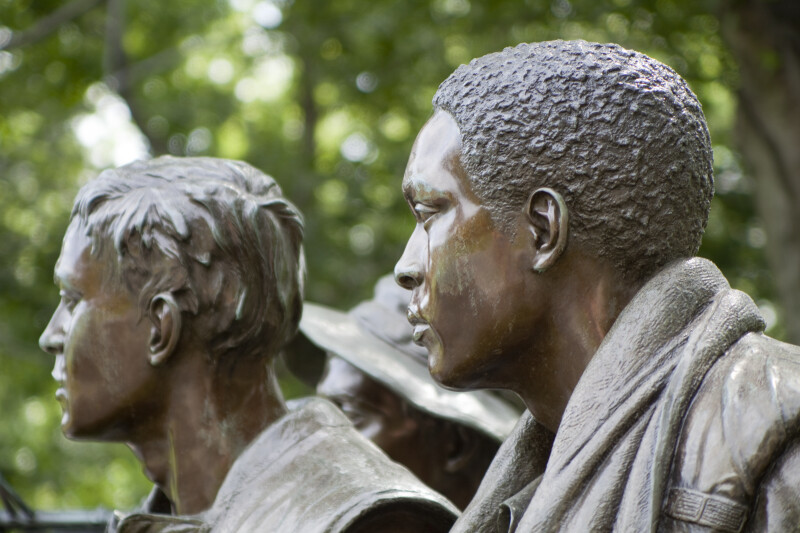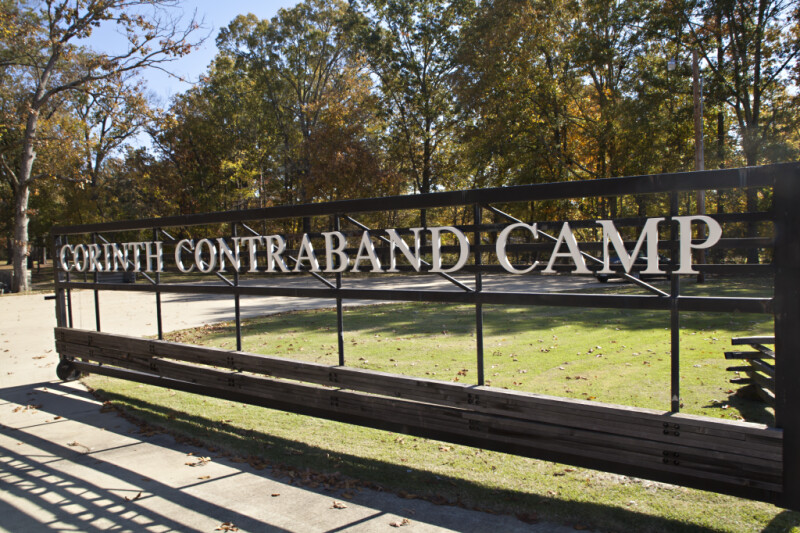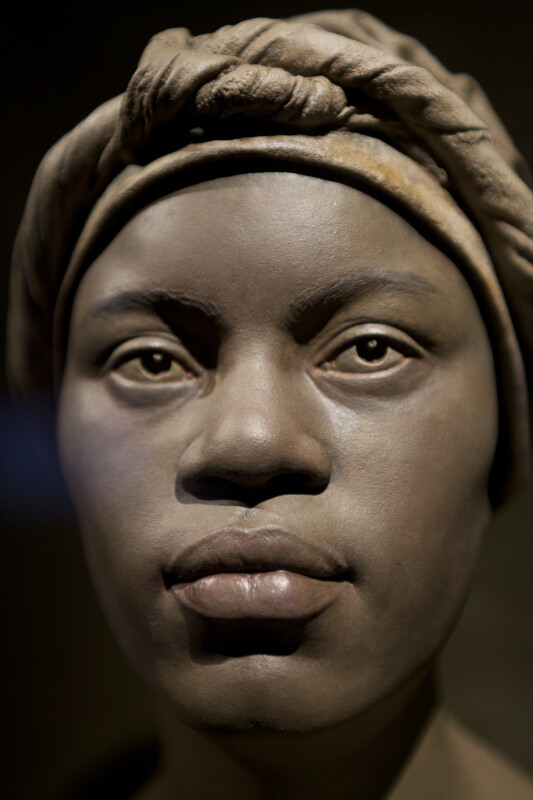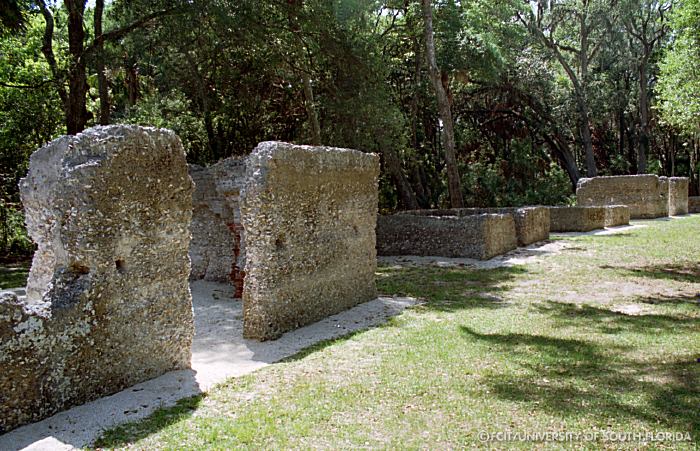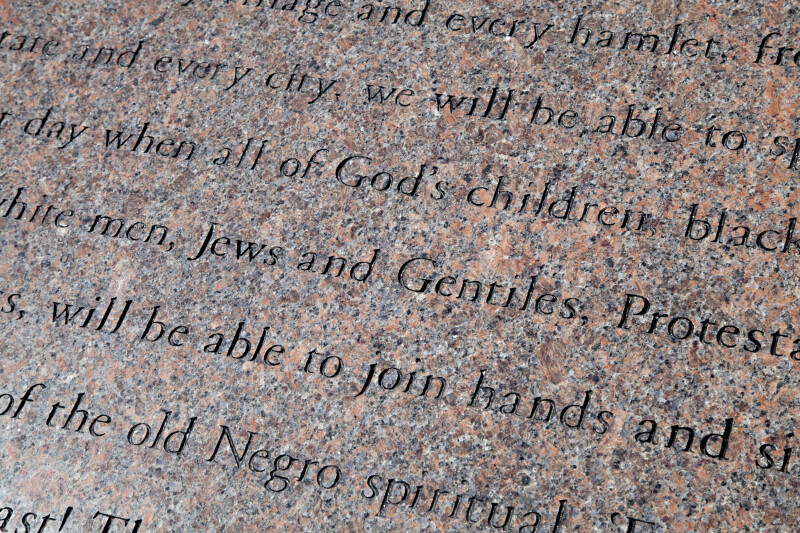Resources for African-American History Month
Each year since 1996, the President of the United States has proclaimed February to be African American History Month. Its origins, however, go back to the 1920s when Dr. Carter Woodson and the Association for the Study of Negro Life and History announced the second week of February to be “Negro History Week.” I’ve rounded up a wide variety of FCIT resources related to the Black experience in the US. This collection includes materials suitable for grades four through twelve. I hope you’ll find this collection useful during February—or better yet—throughout the year.
Audiobooks
All audiobooks in our Lit2Go collection include complete MP3 files as well as the entire text as HTML and PDFs. Many of the selections also include PDFs of accompanying student activities.
My Bondage and My Freedom by Frederick Douglass
My Bondage and My Freedom is an autobiographical slave narrative written by Frederick Douglass and published in 1855. It is the second of three autobiographies written by Douglass, and is mainly an expansion of his first (Narrative of the Life of Frederick Douglass), discussing in greater detail his transition from bondage to liberty. Douglass, a former slave, following his liberation went on to become a prominent abolitionist, speaker, author, and publisher. Available from the Lit2Go website. Reading level: 10.1. Word count: 135,256.
Behind the Scenes by Elizabeth Keckley
Behind the Scenes Or, Thirty Years a Slave and Four Years in the White House is an autobiographical narrative by Elizabeth Keckley. In it she tells the story of her life as a slave and her time as a seamstress for Mrs. Lincoln in the White House. From the Lit2Go audiobook collection. Reading level: 7.4. Word count: 60,930.
Up from Slavery by Booker T. Washington
Up from Slavery is the autobiography of Booker T. Washington available from the Lit2Go website. Reading level: 9.9. Word count: 78,196.
Frederick Douglass' Speech to the People of Rochester
Excerpt from Frederick Douglass’ 1852 speech outlining the hypocritical nature of slavery in the United States of America. From the Lit2Go website. Duration: 13 minutes. Reading level: 8.0. Word count: 5,174. Also available as PDF.
Ain't I a Woman? by Sojourner Truth
Sojourner Truth addresses the subject of equality at the 1851 Women’s Convention in Akron, Ohio. from the Lit2Go audiobook collection. Reading level: 3.6. Word count: 390. Duration: 2 minutes 30 seconds. Also available as a PDF.
The Colored Cadet at West Point by Henry O. Flipper
The Colored Cadet at West Point is an autobiographical novel detailing the events leading up to Henry O. Flipper’s groundbreaking appointment to the West Point Military Academy, and his active service in the U.S. Army that followed graduation. From the Lit2Go website. Reading level: 10.1. Word count: 94,992.
The Autobiography of an Ex-Colored Man by James Weldon Johnson
James Weldon Johnson’s The Autobiography of an Ex-Colored Man is a fictional, tragic tale about a young mulatto’s coming-of-age in the early 20th century. The unnamed narrator, who has a black mother and white father, is light-skinned enough to pass for a white man but his emotional connections to his mother’s heritage make him unable to fully embrace that world. Available from the Lit2Go audiobook collection. Reading level: 9.0. Word count: 53,408.
The Heart of Happy Hollow by Paul Laurence Dunbar
The Heart of Happy Hollow is a collection of sixteen short stories by Paul Laurence Dunbar that focuses on the experiences of African-Americans after the conclusion of the Civil War. From the Lit2Go audiobook collection. Reading level: 6.5. Word count: 50,355.
The Souls of Black Folk by W.E.B. Du Bois
The Souls of Black Folk is a classic work of African–American literature by activist W.E.B. Du Bois. The book, published in 1903, contains several essays on race, some of which had been previously published in Atlantic Monthly magazine. Du Bois drew from his own experiences to develop this groundbreaking work on being African–American in American society. Outside of its notable place in African–American history, The Souls of Black Folk also holds an important place in social science as one of the early works to deal with sociology. From the Lit2Go audiobook collection. Reading level: 10.2. Word count: 72,105.
Recordings on iTunes U
FCIT had the pleasure of creating the Florida Department of Education on iTunes U site many years ago. As a part of that project, we gathered audio recordings from the Florida Memory Project and made them available on the iTunes U site. The following six compilations require the free iTunes application.
Shall We Gather at the River
This content was contributed by the State Library and Archives, a division of the Florida Department of State. This collection highlights Florida’s African American religious music traditions. The collection features both nationally recognized acts and previously unknown local artists, including the Dixie Hummingbirds, the Georgia Sea Island, the Versiteers, and the Amigo Male Singers. Christian sacred music is performed by African-Americans in a variety of social contexts, which range from informal unaccompanied solo singing, to spirited church meetings, to gospel concerts by professional artists.
Zora Neale Hurston
This series is a compilation of Zora Neale Hurston sound recordings created while she worked for the WPA in the 1930s. Today, the original recordings are housed at the Library of Congress. Hurston made recordings for the WPA in 1935 and again in 1939. Today, Hurston is better known as a major literary figure, but she was also a trained anthropologist who studied under Franz Boas. A native of Eatonville, Florida, Hurston fell upon hard times during the Great Depression and eventually sought out relief work with the Federal Writer’s Project (FWP). Having already conducted fieldwork for her own studies, Hurston worked with Herbert Halpert and Stetson Kennedy in the FWP.
The Versiteers
The Versiteers are a female a cappella gospel group from Jacksonville founded in the 1940s. Although several founding members of the group either left in the early years or are now deceased, Harry Mae Anthony, Myrtle Barton, and L. V. Starling sang together for more than four decades. The fourth member changed more frequently, but included Artie Brooks and Linda Carter. The Versiteers performed their repertoire of spirituals, jubilee songs, and gospel at churches, folk and arts festivals, and in schools.
Amigo Male Singers
The Amigo Male Singers were an African American gospel group from north central Florida. They were directed by Alfonso Levy of Lake City. The clear diction and formal sound of the group reflects influence by the Fisk Jubilee Singers, a popular touring group formed shortly after emancipation to raise funds for Fisk University, and often credited with introducing the Negro spiritual to the general public.
Ida Goodson
Jazz pianist Ida Goodson was born into a musically gifted family near Pensacola, Florida, in 1909. She was the youngest of seven girls raised by strict Southern Baptist parents who prohibited the playing of secular music in the home. Despite that, both she and her sister, Wilhelmina Goodson, learned to play the piano and developed a love for barrelhouse blues and jazz. Ida Goodson performed throughout the South but maintained a home base in Pensacola, where she often accompanied tours with national stars such as Bessie Smith.
Tom Walton: Street Crier
Tom Walton (1930-1997) was born in Greenwood, South Carolina. As a young boy, he moved to St. Petersburg, Florida, with his family. Walton’s grandfather introduced hum to blues and gospel music, and his father taught him the rhyming couplets used in street crying. His father and grandfather supported their families by selling fruits and vegetables in the streets.
Reading Passages from Florida Then and Now
These passages were created for use in fourth grade Florida History. The passages and all supporting documents are available as PDFs for convenient printing.
African Americans Settle in Fort Mose
Reading passage about the community of free African-Americans established in 1738. The passage is available as a web page and a PDF. It also includes teacher notes, a reading strategy, and student questions.
Civil Rights Movement in Florida
Reading passage about the Civil Rights movement in Florida. Passage is available as a web page and a PDF. Teacher notes, three reading strategies (ReQuest, C(2)QU, and Character map), and student questions are also available.
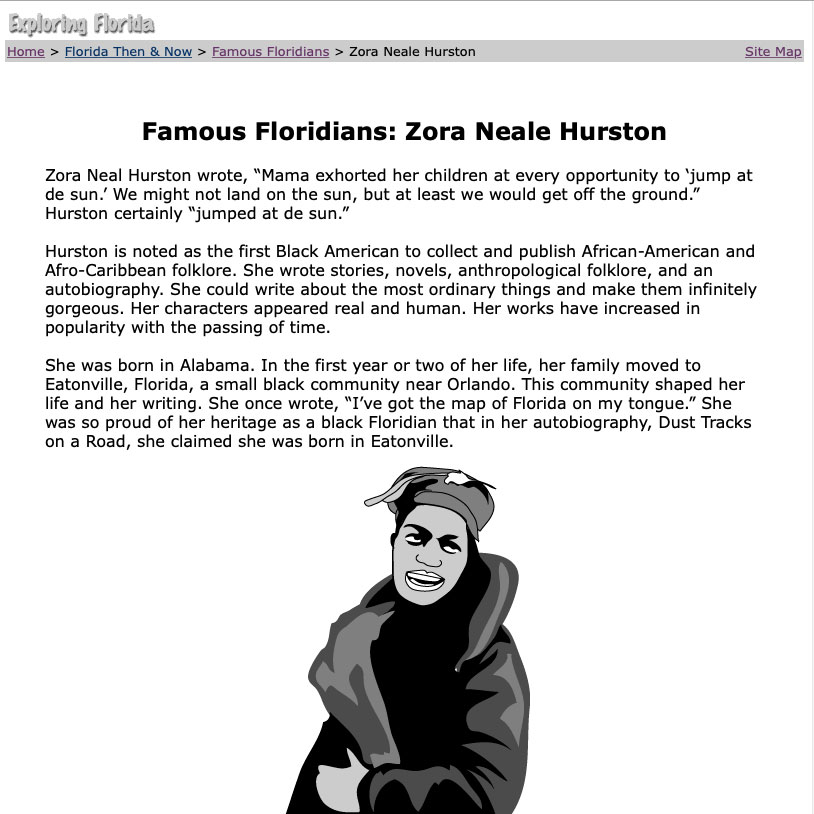
Famous Floridians: Zora Neale Hurston
A reading passage about Zora Neale Hurston. She is noted as the first Black American to collect and publish African-American and Afro-Caribbean folklore. Passage is available as a web page and a PDF. Teacher notes, student questions, a student activity sheet, and three reading strategies (PAVE, three-column notes, historical map) are also available.
Famous Floridians: James Weldon Johnson
Johnson was a poet, novelist, historian, diplomat, lawyer, civil rights leader, editor, educator, and songwriter. The passage is available as a web page and a PDF. It also includes teacher notes, two activity shoots (hero award and report card), and student questions.
Florida Slave Narratives
According to the Manuscript Division of the Library of Congress, “These life histories were written by the staff of the Folklore Project of the Federal Writers’ Project for the U.S. Works Progress (later Work Projects) Administration (WPA) from 1936-1940…the histories describe the informant’s family education, income, occupation, political views, religion and mores, medical needs, diet and miscellaneous observations. Pseudonyms are often substituted for individuals and places named in the narrative texts.”
The Exploring Florida website includes 34 narratives from this project.
Photographs
The thumbnails below link to images in either our ClipPix or Exploring Florida websites. You may want to refer to the post, FCIT Photos as Writing Prompts, for ideas on using these photos. The Teacher’s Guide for Analyzing Photographs and Prints from the Library of Congress is also a useful tool for unpacking a photograph in the classroom.
Additional Lit2Go Posts
- Lit2Go: Grade 4 Reading Activities for Home and School
- Lit2Go: Grade 5 Reading Activities for Home and School
- Lit2Go: Grade 6 Reading Activities for Home and School
- Lit2Go: Grade 7 Reading Activities for Home and School
- Lit2Go: Grade 8 Reading Activities for Home and School
- Lit2Go: Grade 9 Reading Activities for Home and School
- Lit2Go: Grade 10 Reading Activities for Home and School
- Lit2Go: Grade 11 Reading Activities for Home and School
- Lit2Go: Grade 12 Reading Activities for Home and School
- How To Use Lit2Go Audiobooks in Your Classroom
- Five Reasons To Use Audiobooks for Remote Learning
- Frederick Douglass: A Voice for Our Time
- Lit2Go: The Soundtrack for Your Students’ Next Movie
- African-American Digital Content Collections
- Tales for All: The Lit2Go Folk & Fairy Tale Collection
- Spooky Stuff: Scary Tales from Lit2Go
- Autumn in Verse: Poetry from Lit2Go
- Winter Pictures and Poetry from Lit2Go
- Spring in Verse: Poetry from Lit2Go
- A Beatrix Potter Summer
- April: National Poetry Month
- 39 Recorded Speeches and the Reasons To Use Them with Your Students
- Happy Birthday, William Shakespeare!
Roy Winkelman is a 40+ year veteran teacher of students from every level kindergarten through graduate school. As the former Director of FCIT, he began the Center's focus on providing students with rich content collections from which to build their understanding. When not glued to his keyboard, Dr. Winkelman can usually be found puttering around his tomato garden in Pittsburgh. Questions about this post or suggestions for a future topic? Email me at winkelma@usf.edu. To ensure that your email is not blocked, please do not change the subject line. Thank you!
FCIT Newsletter
Each month FCIT publishes a newsletter with short articles on teaching and learning with technology, using digital content in the classroom, and technology integration. Subscribe today! The subscription form will open in a new window. When you have subscribed, you can close the new window to return to this page.

